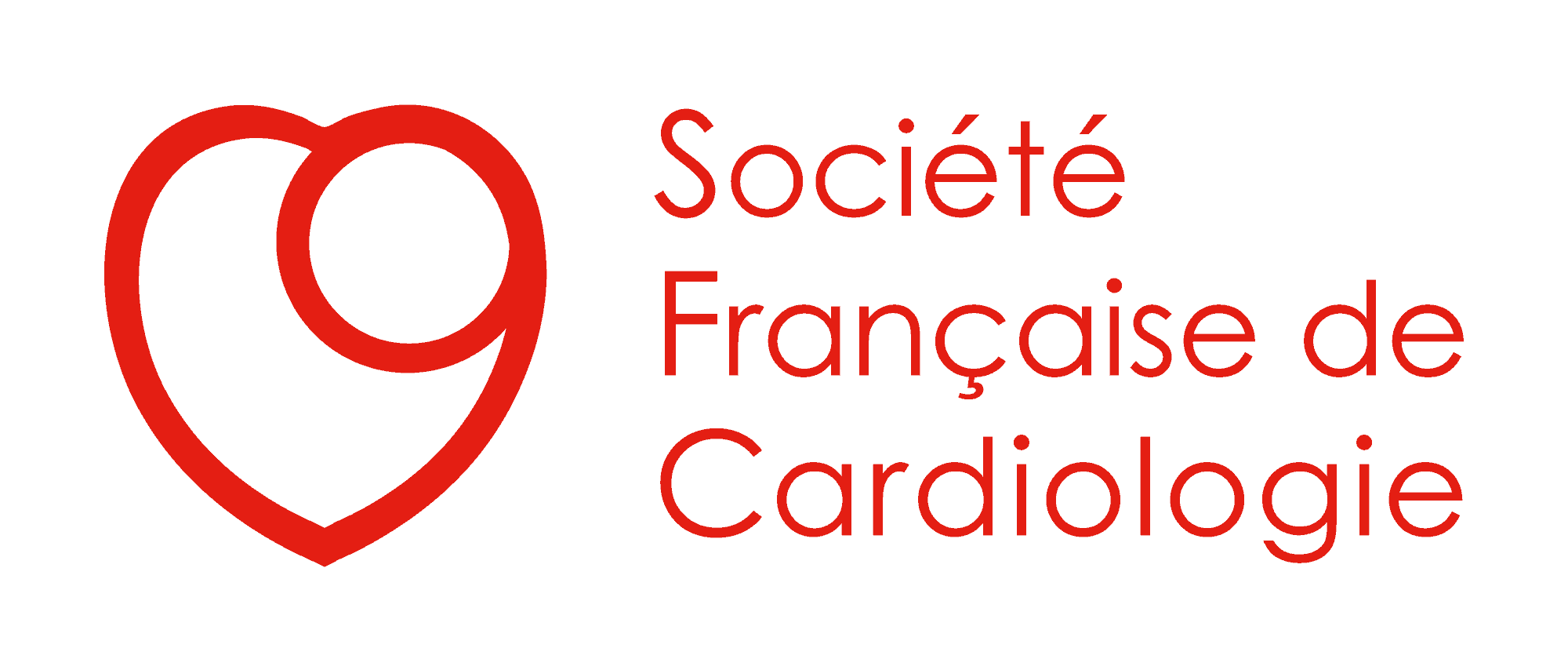Suivez-nous sur les réseaux sociaux !
Retrouvez les articles immanquables des Archives of Cardiovascular Diseases, revue scientifique mensuelle en anglais de notoriété internationale.
Voici un aperçu rapide des sujets abordés dans cette publication :
Dernières publications
Publications
Impact of procedural success on clinical outcome after MitraClip: Results from the MITRA-FR trial
Voici un aperçu rapide des sujets abordés dans cette publication :
Archives of Cardiovascular Diseases | Article du mois – Novembre 2022
David Messika-Zeitoun, David Attias, Nicolas Piriouc, Bernard Iung, Xavier Armoiry, Jean-Noël Trochu, Erwan Donal, Gilbert Habib, Bertrand Cormier, Patrice Guerin, Thierry Lefèvre, Delphine Maucort-Boulcho, Florent Boutitie, Alec Vahanian, Benjamin Riche, Jean-François Obadia
Summary
Background
Differences in procedural success rates have been proposed to explain the divergent results between the MITRA-FR trial (Percutaneous Repair with the MitraClip Device for Severe Functional/Secondary Mitral Regurgitation) and the COAPT trial (Cardiovascular Outcomes Assessment of the MitraClip Percutaneous Therapy for Heart Failure Patients with Functional Mitral Regurgitation).
Aims
To examine whether MITRA-FR patients who had successful clip implantation achieved a better outcome than the control group.
Methods
Based on the per protocol population of MITRA-FR, we compared the outcome in 71 patients in whom optimal clip implantation was achieved (group 1: mitral regurgitation grade ≤ 1 + at discharge) with that in 23 patients with non-optimal clip implantation (group 2: mitral regurgitation grade ≥ 2 + at discharge) and that in 137 patients in the control group (group 3). The primary endpoint was all-cause death or unplanned hospitalization for heart failure at 24 months.
Results
Event-free survival was not different across the groups (42 ± 6% in group 1, 30 ± 10% in group 2 and 31 ± 4% in group 3; log-rank P = 0.32). In multivariable analyses, after adjustment for age, sex, rhythm, aetiology,left ventricular ejectionfractionandmitral regurgitationseverity, group wasnot associated with variations in outcome: using Group 3 as reference, hazard ratio 0.86, 95% confidence interval 0.58–1.27 (P = 0.43) in group 1; and hazard ratio 0.98 95% confidence interval 0.54–1.76 (P = 0.94) in group 2.
Conclusions
The clinical outcome ofpatients in whomoptimalprocedural result was achievedatdischarge was not different compared with the control group. Our results do not support the hypothesis that the differences in rates of residual mitral regurgitation at discharge between MITRA-FR and COAPT explain the divergent results between the two trials.
Partagez cet article :
Partagez cet article :
Written by : SFC
Plus de publications de la SFC

CARDIOLOGIE PÉDIATRIQUE Mitral annular disjunction distance is associated with adverse outcomes in children and [...]

LA FRANCE À L’HONNEUR Aspirin in Patients with Chronic Coronary Syndrome Receiving Oral Anticoagulation [...]



